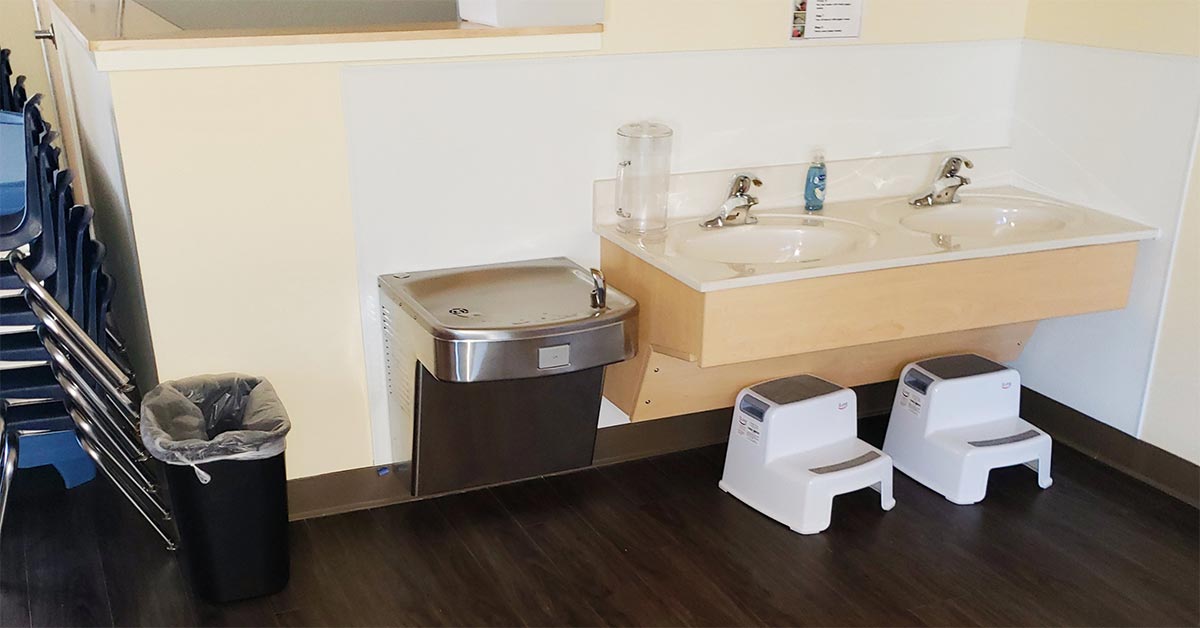
How Are Your Local Funds Being Used?
Updated 10/31/2022
Want to know how school districts/Local Educational Agencies (LEAs) are using their ESSER funds in your state?
According to the U.S. Office of Elementary & Secondary Education:
“All school districts/LEAs are required to post their plans, and all States are responsible for ensuring all school district/LEA plans are posted on the State Educational Agency website.”
In case you haven’t caught the latest news, the Wall Street Journal reports that only about 7% of ARP ESSER funds have been spent by school districts and charter schools.
One reason is that schools are grappling with the best investment of temporary funding that won’t hurt them in the long run. For example, using that funding to hire more staff is great right now, but what happens when that money stops flowing in another year or so? What do you do with a workforce you can no longer afford to pay?
Another issue that is slowing the spending down is the supply chain. The ESSER funds are a perfect opportunity for schools to invest in infrastructure upgrades such as new, state-of-the-art ventilation systems, something that is very much needed across the country. The will is there, just not the supplies. On top of that, there is a labor shortage in the HVAC industry.
Most Recent ARP ESSER Fund Extension
The good news is, the U.S. Department of Education understands the issues and, in a May 13, 2022, letter to the School Superintendents Association, they included an extension for certain uses of the funds beyond the 2024 timeline:
The Department has the authority to approve liquidation extension requests for properly obligated funds upon review of written requests made by the state educational agency (SEA). Should funds be properly and timely obligated—including the requirement a construction project meets the COVID-related purposes stated above—and liquidation becomes an issue closer to the obligation deadline, the Department has the authority to approve liquidation extension requests based upon the specific facts and circumstances of a given obligation and upon written request of an SEA grantee, in accordance with 2 CFR § 200.344(b).
If approved, grantees may have up to 18 months beyond the end of the obligation period, although requests for longer may be considered related to extraordinary circumstances. Under a liquidation extension, the delivery of goods and services may continue to be provided through the end of the liquidation period, so long as a timely and valid obligation had been made pursuant to 34 C.F.R. § 76.707.”
(You can read the full email here)
That means schools can seek more than a year’s worth of time to finish spending federal pandemic relief funds on contracts for construction, mental health, tutoring, and other third-party services.
A department spokesperson clarified further to Education Week, “that the agency typically grants deadline extensions for extenuating circumstances only, such as the supply chain issues that are delaying school construction projects, which will be given priority.”
Reusable Water Bottle Filling Stations Are Ready to Ship Today
Equally important as air quality is the availability of drinking water. We saw many schools shutting down their drinking fountains over concerns of spreading disease via bubblers or push button mechanisms. It was certainly better safe than sorry, but students and staff must have access to drinking water.
Here at Murdock Manufacturing, we saw a huge spike in orders for sensor-operated, reusable water bottle filling stations, both indoors and outdoors. We quickly increased production and haven’t let off since. Today we have a variety of water bottle fillers and combination units in stock and ready to ship!
Even better for K–12 schools, many models are vandal resistant, easy to maintain, and ADA compliant.
For more information on what solution is best for your situation, or to place an order, please contact us online or by phone at (800) 453-7465.
